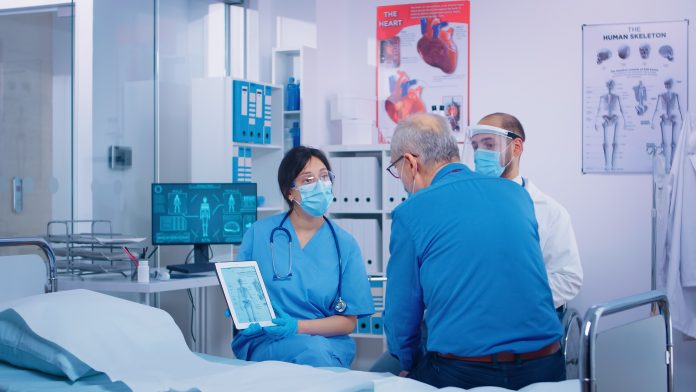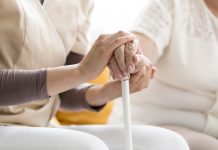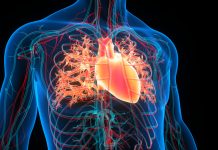Patricia Osborne, Chief Executive of the Brittle Bone Society, tells us what we need to know about Osteogenesis Imperfecta
Osteogenesis Imperfecta (OI) is a genetic bone disorder characterised by fragile bones that break easily. It is also known as brittle bone disease. A person is born with the disorder and affected throughout their lifetime. It is a rare condition and it is estimated that the number of people born with the OI is approximately one in every 15,000, equating to around 5,000 individuals in the UK.
OI is a disorder of collagen, a protein that forms the framework for the bone structure. The collagen may be of poor quality, or there just may not be enough to
support the mineral structure of the bones and other parts of the body, which makes them weak and fragile. OI is caused by genetic changes that affect the amount and quality of collagen. Around three-quarters of cases are inherited from family members and up to a third are new cases.
OI varies widely in severity and there is a classification system to describe its different types. Some people with OI have hardly any symptoms, but in others, OI may lead to physical disability requiring the use of wheelchairs.
OI makes bones liable to fracture at any time, even without trauma. The ligaments stretch more easily. Joint hypermobility results in fatigue of many muscle groups, impairing mobility and the performance of everyday tasks. Those with OI can also suffer curved bones, scoliosis, short stature, hearing loss, brittle teeth and blue sclerae.
Clinical trials
Our Charity has supported the UK OI community since its formation in 1968. We have a Scientific Advisory Board, which assists with our Research grants programme. We are also members of the AMRC and provide support for clinical trials. There is no cure for OI which makes research into this rare disease vital.
Two of the trials currently underway are worthy of note:
- TOPAZ is run out of Edinburgh University and funded by the NIHR. This is a study around treatment with Parathyroid hormone and zolendronic acid. The Asteroid Trial (Ultragenyx – Mereo Biopharma) is looking at the effect of Sertrusumab which it is hoped may reduce fractures.
- We are also assisting with the IMPACT survey – and this is worldwide, where we hope to ingather important information that will not only help make up the vital stats and health economic data needed should any therapy go before NICE, but will be useful and freely available to patient groups to use for their own purposes. To find out more about trials and studies in the field, please visit https://brittlebone.org/research-studies/get-involved-in-research/
We have campaigned to establish a rare bone service for adults. Currently, good services are addressing paediatric needs for severe, complex and atypical children through Highly Specialised Service Hospitals in Sheffield, Birmingham, Great Ormond Street and Bristol.
The adult service for people with OI in the UK is patchy, and we have partnered with other rare bone groups to help raise awareness of this gap.








